A study lead by Patricia Alexander is trying to identify the factors that determine the likelihood of house loss given a wildfire.
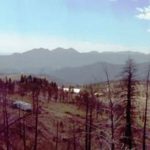
Housing growth is rampant, and much of it occurs in or near wildland vegetation, i.e., in the Wildland Urban Interface or WUI. Such housing growth is bringing homeowners closer to nature, which is great, but also posing numerous environmental problems including changes to fire regimes, introduction of invasive species, more human-wildlife conflicts, and habitat fragmentation.

A study lead by Patricia Alexander is trying to identify the factors that determine the likelihood of house loss given a wildfire.
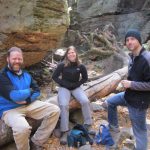
Research topics range from economics to entomology, and research locations literally span the globe. Some might call administering such a grant challenging, but to Shelley Maxted, it’s a treat.
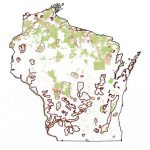
Sarah Carter uses projections of future housing development to identify those sites requiring immediate conservation attention in order to successfully conserve Wisconsin’s biodiversity.
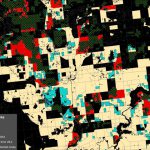
Dave Helmers sits down with me and gives the skinny on how he turns U.S. Census data into ecologically relevant products for answering some of the most pressing questions in land-change conservation science.

Locations in and around natural areas are especially appealing for housing development. Unfortunately, this development may have undesirable consequences.
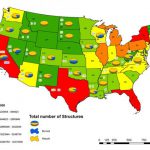
Rural housing development and fires: Understanding trends of housing loss to wildfires and rebuilding efforts throughout the United States.
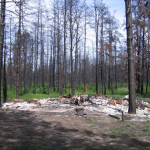
Can we stop fires before they start? Researchers are working to predict fire ignitions.
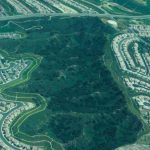
Could land use change threaten the US National Wildlife Refuge System? PhD student Chris Hamilton uses cutting-edge technologies to find an answer.

Worldwide, intensifying land use is limiting management options inside and out of national parks. Shelley Maxted and others developed a land use monitoring approach and applied it to two parks in the Midwest to assess development pressures. They found considerable changes in road and housing density and landscape fragmentation.

Is zoning an appropriate tool to protect lakes? Van Butsic answered this question for a study region in Northern Wisconsin. He found out that zoning is only effective on lakes with a certain baseline development. One size fits all zoning is ineffective.